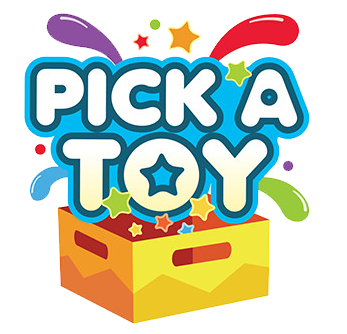Title: Top Educational Toys for Different Age Groups
Introduction
Toys are not just playthings; they are powerful tools for learning and development. When chosen carefully, educational toys can engage children's minds, encourage problem-solving, and promote essential skills. In this blog, we'll explore some of the top educational toys for different age groups, helping parents and caregivers make informed choices that foster children's growth and curiosity.
Infants and Toddlers (0-2 years)
Soft Sensory Toys: Toys with various textures, such as soft plush animals or fabric books, engage infants' senses and stimulate their tactile development.
Rattles and Teethers: These toys help with hand-eye coordination and provide relief during teething. Look for options with different shapes, textures, and colors.
Stacking Rings: These toys promote fine motor skills and teach size and shape recognition as infants learn to stack and sort the colorful rings.
Activity Gyms: Play gyms with hanging toys and mirrors encourage infants to reach, grasp, and explore their reflections, enhancing sensory and motor development.
Preschoolers (3-5 years)
Building Blocks: Classic wooden or plastic blocks allow preschoolers to develop spatial awareness, creativity, and problem-solving skills as they build structures.
Puzzles: Age-appropriate puzzles with varying difficulty levels help improve fine motor skills, hand-eye coordination, and cognitive abilities.
Art Supplies: Crayons, colored pencils, and washable markers nurture creativity and fine motor skills, encouraging self-expression through art.
Educational Games: Board games like "Candy Land" or "Chutes and Ladders" teach children about rules, turn-taking, and counting while having fun.
Early Elementary (6-8 years)
STEM Kits: Science, technology, engineering, and math (STEM) kits introduce concepts like robotics, circuitry, and simple physics through hands-on experimentation.
Educational Software: Educational software or apps can be both entertaining and informative, covering subjects like math, reading, and science.
Building Sets: More complex building sets, such as LEGO sets, encourage creativity, problem-solving, and engineering skills.
Outdoor Exploration Kits: Kits with magnifying glasses, bug catchers, or rock and mineral sets promote an interest in the natural world and scientific exploration.
Late Elementary (9-12 years)
Science Kits: Advanced science kits enable kids to conduct experiments in chemistry, physics, or biology at home, sparking a passion for science.
Educational Board Games: Strategy games like chess, Scrabble, or "Settlers of Catan" teach critical thinking, logic, and planning.
Coding Toys: Toys that introduce coding concepts, such as programmable robots or coding apps, foster computational thinking and problem-solving.
Art Supplies: More advanced art supplies like acrylic paints, sculpting clay, or digital drawing tablets allow kids to explore their artistic talents further.
Teens (13+ years)
Science Kits: Advanced kits in specialized fields like astronomy, robotics, or electronics can deepen teenagers' understanding of science.
DIY Kits: Kits for building electronics, drones, or models challenge teenagers to apply engineering principles and improve problem-solving skills.
Educational Apps: Apps focused on subjects like foreign languages, history, or advanced math can help teenagers with academic enrichment.
Robotics and Coding Kits: Advanced coding and robotics kits, such as Arduino or Raspberry Pi, provide hands-on experience in programming and engineering.
Conclusion
Educational toys play a significant role in children's growth and development. By selecting toys that align with a child's age and interests, parents and caregivers can provide valuable learning experiences that spark curiosity and foster important skills. From infants exploring textures to teenagers delving into advanced science kits, the right educational toys can make learning enjoyable and fulfilling at every stage of childhood.
